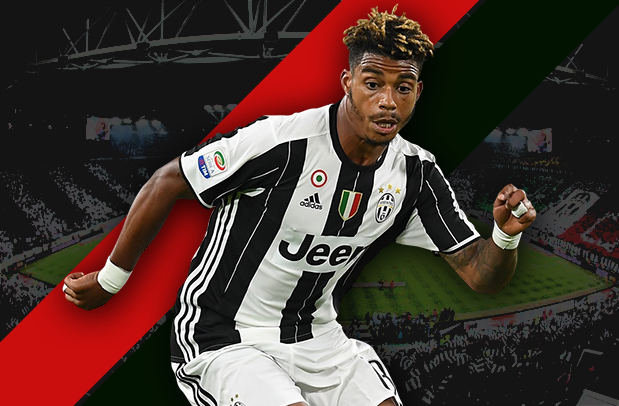Stefan Vasilev writes a detailed scout report about Mario Lemina, Juventus’ midfield dynamo outcast
‘Too much, too soon’ is a good way to describe the case of Mario Lemina. At 23, he’s held his foot on the door of Juventus’ first team for two years but has not quite made that final step to crack through. It is no wonder then that other clubs have reportedly turned their eyes toward the Gabonese youngster this summer.

Who is Mario Lemina?
Lemina started his football career at Lorient at the age of 11. Moving through the ranks, it took seven years before he received his first start with Lorient’s senior team in the 2012/13 season. Despite completing only 18 games in his debut season, he drew the attention of Marseille, and he eventually transferred south in 2013.
After his €4 million move, he struggled to find his feet at his new club, managing only eight games. This was to change in the 2013/14 season with manager Marcelo Biesla opting to give the talented youngster more time on the pitch.
Lemina scored two in 23 appearances as Marseille battled to fourth place in the French League. But with his good performances came a glint of disciplinary trouble. He was sent off for a punch to the groin against Rennes in 2015.
Come the season end, Lemina’s fine form had attracted interest from big European clubs. On transfer deadline day in 2015, Juventus won the battle for his signature by securing a year-long loan deal with the option to buy for €9.5 million.
Lemina went on to contribute to a Juventus double by making 13 appearances and scoring two goals. His form improved further in the following 2016/17 season as another double followed.
On the international front, the Gabonese has experienced some confusion. Initially registering games for France’s U20 and U21 squads, Lemina refused an invitation to take part in Africa Nations Cup 2015 with Gabon. But on June 2, he formally switched to the Gabonese Federation of football and is now a Gabon national player.
What is his Style of Play?
Lemina is a talented and versatile player. His good mix of technique and strength naturally confine him in the centre of the park. His distribution of the ball is solid and his ball-winning capabilities provide an opportunity to start counter-attacks for his side.
The Gabonese is a box to box type of player, but has been utilised as a winger, full-back and wing-back on the right as well as a centre-back in Marcelo Biesla’s three-man defence at Marseille in 2014/15.
Lemina is a good stepping stone for attacks. He uses his body well to shield and keep possession of the ball before he distributes it to teammates.
What are his Strengths?
At 23, Lemina is not yet the finished product, but he has a stable foundation to build upon.
Towering at 1.84m, Lemina provides an option of physicality for his side. It is this quality that allows him to enter pitch battles and shield the ball, infusing calmness in the centre of the park. He keeps his eyes on the ball and is good at pulling off sliding tackles – not the most desirable skill to have in modern football but it reveals a good eye for movement.
His other strength is his positional versatility. Apart from Lemina being capable of playing almost anywhere, bar up front, along the central backbone of the pitch, his pace and good long-ball distribution make him a viable option on the right side too.
What are his Weaknesses?
If the young Gabonese star has almost everything in his basket when it comes to physicality, he’s still a bud mentally – meaning: with the right guidance he can grow to become a world-class midfielder. He’s gained the reputation of being a bit of a hothead. He punched Ola Toivonen in the nuts in Marseille’s clash with Rennes and has been involved in several other incidents.
In his first season at Juventus, he managed to accumulate three yellow cards and a red card in just 13 appearances. His second season with the Old Lady has seen some improvement with two yellow and a red card in 31 games – 18 of which he came in from the bench.
Another area he needs to work on is his concentration during play time. When pressured, he tends to focus on the immediate space surrounding him and opts to fight his way out before he distributes the ball which can sometimes lead to tactical mistakes.
Statistics were provided by whoscored.com and Soccer on TV – the app that provides statistics, live scores and accurate TV schedules.
























































